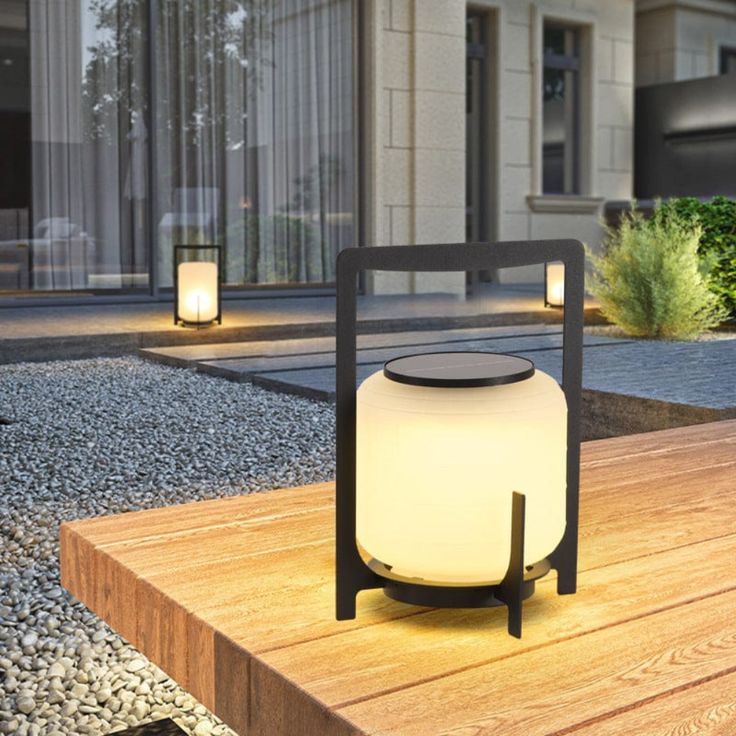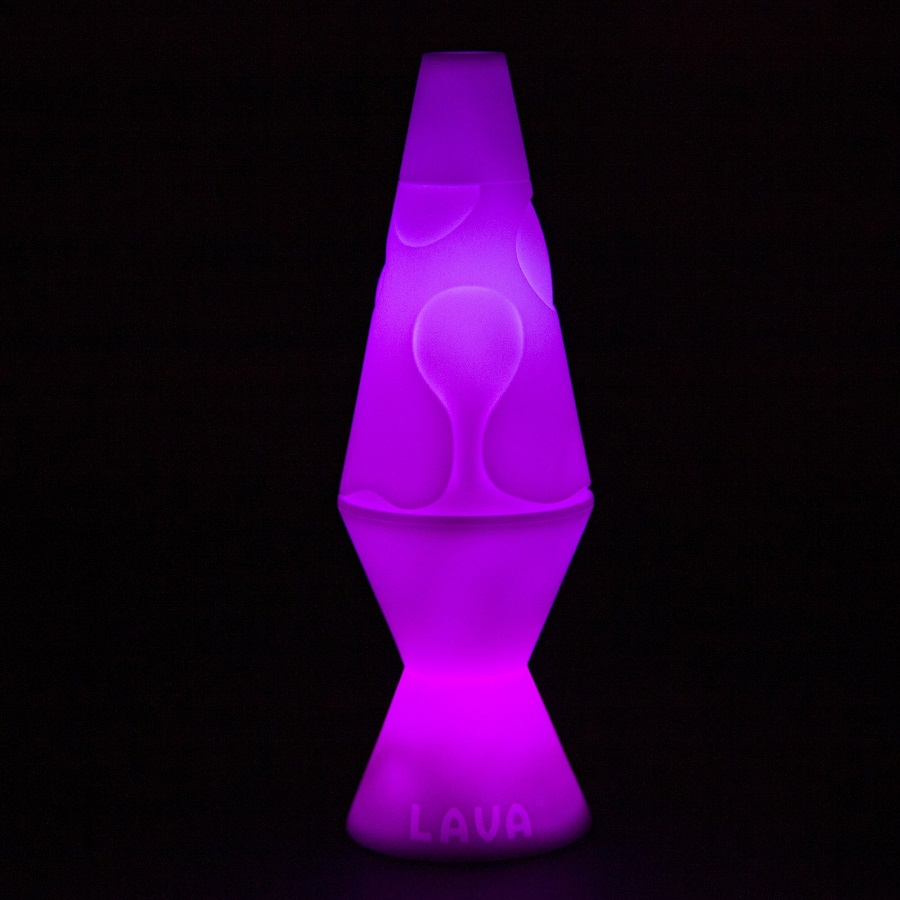 Introduction:
Introduction:
Choosing the right height for a chandelier above a table is crucial for creating a balanced and visually appealing lighting arrangement. The chandelier serves as a focal point and should provide adequate illumination without obstructing the line of sight or overwhelming the space.
Materials Used in Chandeliers:
Chandeliers can be crafted from a variety of materials, each providing a unique aesthetic and style. Here are some common materials used in chandelier construction:
Crystal: Crystal chandeliers are known for their elegant and luxurious appearance. They feature crystal prisms or beads that refract light, creating a dazzling display. Crystal chandeliers are often associated with traditional or vintage designs.
Glass: Glass is a versatile material used in chandelier construction. It can be molded into various shapes and textures, offering a range of design possibilities. Glass chandeliers can be sleek and modern or ornate and traditional, depending on the style and finish.
Metal: Metal chandeliers are popular for their durability and ability to blend with different interior styles. Common metals used include brass, bronze, wrought iron, and stainless steel. Metal chandeliers can feature intricate designs, such as scrollwork or geometric patterns.
Fabric: Some chandeliers incorporate fabric elements, such as drum shades or fabric-covered cords. These fabric accents add softness and can complement a variety of decor styles, from traditional to contemporary.
Wood: Wood chandeliers bring a rustic or natural touch to a space. They can feature wooden frames or accents, often crafted from materials like reclaimed wood, bamboo, or driftwood. Wood chandeliers work well in farmhouse, cottage, or nature-inspired interiors.
 Types of Chandeliers:
Types of Chandeliers:
Chandeliers come in various styles and designs to suit different settings and preferences. Here are a few common types:
Traditional Chandeliers: These chandeliers feature classic and ornate designs, often with crystal or glass accents. They are popular in formal dining rooms, entryways, or traditional-style interiors.
Modern/Contemporary Chandeliers: Modern chandeliers showcase clean lines, minimalistic designs, and innovative materials. They can feature sleek metal frames, geometric shapes, or abstract forms, making them suitable for contemporary or minimalist spaces.
Transitional Chandeliers: Transitional chandeliers blend elements of both traditional and modern styles, striking a balance between classic and contemporary aesthetics. They often feature a mix of materials and clean lines with some decorative touches.
Rustic/Farmhouse Chandeliers: These chandeliers have a rustic or farmhouse-inspired look, often incorporating wood, metal, or natural materials. They work well in country-style homes, cabins, or spaces with a cozy and relaxed ambiance.
Industrial Chandeliers: Industrial chandeliers showcase raw materials like metal, exposed bulbs, and an overall utilitarian aesthetic. They are often found in loft-style apartments or modern industrial-inspired interiors.
It’s important to note that these categories are not exhaustive, and chandeliers can be customized or designed in various combinations of materials and styles to suit specific preferences and interior designs.
 Table Size and Shape:
Table Size and Shape:
Consider the Diameter: The general rule of thumb is to choose a chandelier with a diameter that is approximately half to two-thirds the width of the table.
Round Tables: For a round table, measure the diameter and use it as a guide to select an appropriately sized chandelier.
Rectangular or Oval Tables: Measure the width and length of the table and consider using a chandelier that is proportionate to the dimensions.
Height Guidelines:
Standard Ceiling Height: For rooms with standard ceiling heights (8 to 9 feet), the bottom of the chandelier should be 30 to 34 inches above the table.
Higher Ceilings: For rooms with higher ceilings, you may need to adjust the height of the chandelier accordingly. Add 3 inches to the height for every additional foot of ceiling height beyond 9 feet.
 Visual Impact and Line of Sight:
Visual Impact and Line of Sight:
Eye-Level Rule: Ensure that the chandelier does not obstruct the line of sight or create visual discomfort. The bottom of the chandelier should be at least 30 inches above the table surface to provide ample headroom and maintain a clear view across the table.
Creating Balance: Consider the overall balance of the space. The chandelier should be large enough to make a statement but not overpower the table or the room. It should visually complement the size of the table and the surrounding décor.
Hanging Height Adjustments:
Adjustable Chandeliers: Some chandeliers allow for adjustable hanging heights. This feature can help you customize the height based on your specific table and ceiling heights.
Using a Chain or Rod: If the chandelier comes with a chain or rod, you can adjust the hanging height by shortening or lengthening it accordingly. However, be mindful of the overall proportions and visual balance while making adjustments.
Considerations for Different Chandelier Styles:
Traditional or Ornate Chandeliers: These chandeliers tend to have more elaborate designs and may require additional height above the table to showcase their beauty without overwhelming the space.
Modern or Minimalist Chandeliers: These chandeliers often have sleek and clean lines, which can allow for slightly lower hanging heights above the table.
Other Lighting Considerations:
Layering Lighting: Chandeliers are often used as the primary source of lighting in dining areas. Consider adding additional lighting sources, such as recessed lights or wall sconces, to create a layered and balanced lighting design.
Dimmer Switches: Install dimmer switches to control the intensity of the chandelier’s illumination. This provides flexibility in adjusting the lighting levels based on the desired ambiance and occasion.
Installation and Professional Help:
Safety First:
Follow the manufacturer’s instructions for installation and always ensure that the chandelier is securely attached to the ceiling.
Professional Assistance:
If you feel uncertain about the installation or need help determining the appropriate chandelier height, consult a professional electrician or lighting designer.
 Conclusion:
Conclusion:
Selecting the perfect height for a chandelier above a table requires careful consideration of the table size, ceiling height, and overall visual impact. By following the guidelines outlined in this comprehensive guide, you can achieve a well-balanced and visually appealing lighting arrangement. Remember to maintain appropriate headroom and line of sight, and consider the style and proportions of the chandelier in relation to the table and the room. By finding the ideal balance, you can create a beautiful and inviting atmosphere for dining and entertaining.


